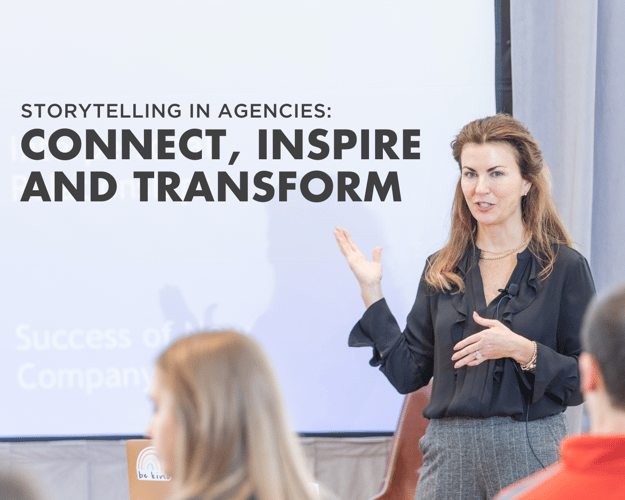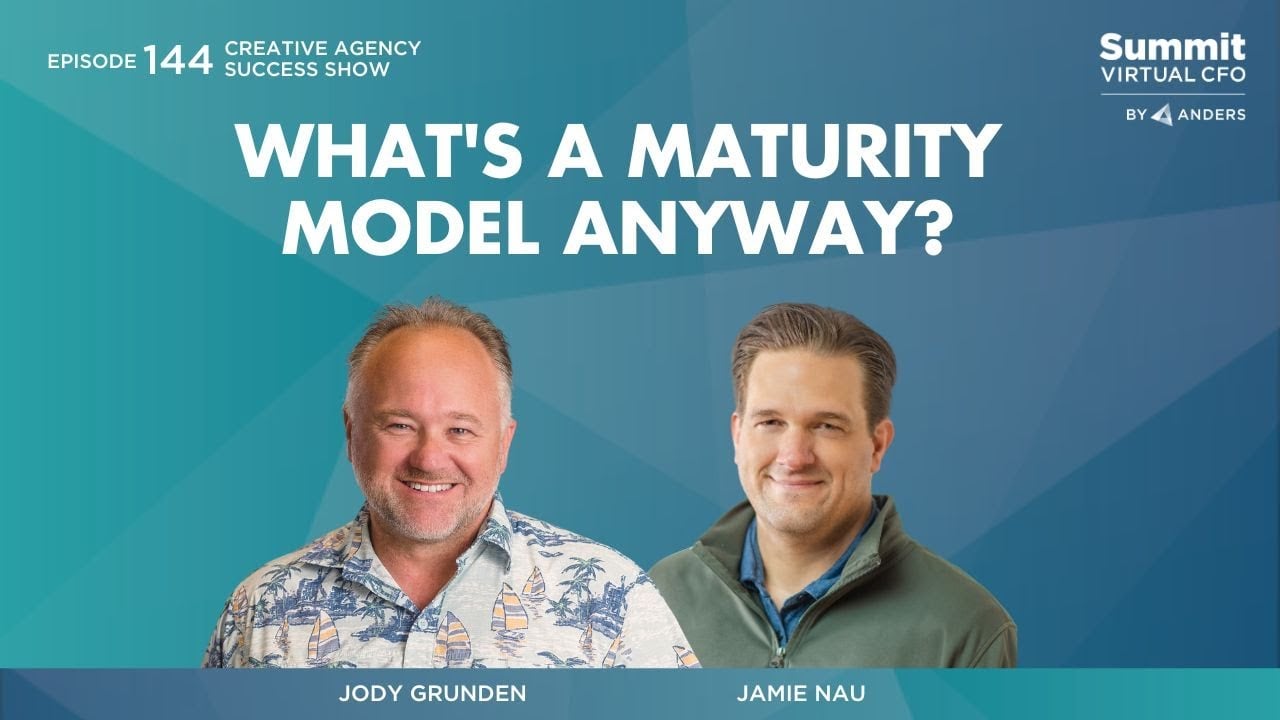A Conversation with Jeff Bartsch
Someone wants something: love, money, success, happiness. To get that thing, they overcome obstacles: dragons, villains, natural disasters, the doubting voices in their head. At the end of the day, they get the thing and go home, a changed person.
That’s the recipe for a story: Desire, conflict, transformation.
When Jeff Bartsch – founder of Story Greenlight – spells it out like that, suddenly a story is not just an anecdote you share at the dinner table. It’s a lot more powerful. And it’s part of every aspect of life, much like gravity. It affects us whether we realize it or not: When we talk to a colleague, a client, a peer, or an investor, it always comes back to story.
Story isn’t just a ‘nice to have.’ At its most foundational, it is both simple and essential. It informs the way we present ourselves, offer our services and help clients navigate their problems.
I wanted to understand how agency owners can put these insights into practice, without having to become master storytellers with decades of Hollywood experience. So, I sat down with Jeff to understand how he coaches professionals to do just that.
Here’s what we discussed.
Storytelling Made Simple
Storytelling can be so many things. It can be a multi-volume epic tale and it can be a twenty-second blurb that interrupts your podcast with a message from the sponsor. It also can be the one-sentence opening you use in a client meeting.
Every human on this planet has experience with stories. That’s why they’re so powerful. But it’s also why people might be resistant to consider storytelling as a professional strategy.
“When we're talking about when we're talking about storytelling,” Jeff says, “it's easy to glom on to what we think it is. But really, the more you dig into it, the more you start realizing that storytelling is an incredibly powerful tool for communication. You can also use storytelling to understand forces in our life, in our business. You can even apply it to the history of nations, all the way back down to the voices in your head.”
That’s a lot of possibility and a lot of complexity. But most times, in the world of business, you need to get down to the essence of things. Everyone has things to do, places to be. You can’t rattle off a Shakespearean soliloquy during a thirty-minute check-in. (And even if you could, you probably don’t have time to write one.)
So how do you bring storytelling into a fast-paced environment? Go back to the basics. Narrow it down by asking yourself: Who is my audience? What do they need? It should be as simple as, “My prospect needs a website” or “my team needs a new approach to this problem.”
That’s where you start to move from story to what Jeff calls strategic storytelling.
Use the Right ‘Tool’ for the Right Job
Think of strategic storytelling as a toolbox. You might have a hammer, some sandpaper and glue. In a dramatic situation, you might need some extra gravitas, and out comes the hammer. In a situation that needs a little more finesse, sandpaper will do the trick. When you need people with lots of different perspectives to all get on board, glue might be the tool you need.
The good news is, the best stories are often the simplest. In business especially, we are regularly in situations where we have to keep it short and sweet. You don’t want to develop an elevator pitch with 93 plot points.
So, I asked Jeff to narrow things down and talk about storytelling in terms of the tools an agency owner might most likely use, and he introduced one that he finds particularly useful, created by scientist-turned-filmmaker Randy Olson, called “ABT.”
And, But, Therefore: A Simple Framework for Strategic Storytelling
If you want training wheels for your storytelling, “And, but, therefore,” is a great place to start.
Like any good story, it starts with desire. “We want this…and…this is what will happen if we get it.”
Then, we move to conflict: “but here’s what’s getting in our way.”
The final step moves towards transformation: “Therefore, here’s what needs to happen.”
That ending leaves plenty of room to figure out: Where does the conversation go from here, and does that lead to the change that we all want to see?
ABT helps turn any message into a persuasive statement. It might be pitching a service to a client by saying, “Hey, here’s where you want to go, and you’ll get X result. But this is what is holding you back. Therefore, this is how we can help you get there.”
But the same tool might also be used with a team to reach consensus. That’s the beauty of ABT: it starts by getting everybody on the same page. For example, when I sit down with a client or a coworker, it reminds me to check in with their objectives and their perceived obstacles, so that it can inform the way I approach the meeting – and whatever course of action I propose to them as their CFO.
Jeff explains, “Sales can often be, ‘Hey, everyone, we've got this problem, it's really bad. Let me tell you how bad it is. Let me twist the knife and pour some salt in the wound. Are you all feeling terrible? Now I have the solution. Here it is.’”
That approach can backfire, he cautions, “What happens if the person you're talking to says, ‘I don't believe that that's actually the problem that we have’? Now you’ve lost them from the very beginning.”
Instead, once you get on the same page with someone to say, “This is who we are, this is what we agree on, this is what we want,” then you can talk about the issues getting in the way. That’s the foundation for coming up with a solution with wide-scale buy-in.
Storytelling for Consensus and Transformation
Change is the primal force. In life and in business, “it's the end that we're all looking for,” Jeff says. But not just change for change’s sake. “In an action movie, you have a car chase and things blow up. That’s a change, but it’s external. People don’t get emotionally attached.”
Internal change, on the contrary, is the source of emotional investment. We want to see improvement. We want to see growth.
So, when we sit down with a client or a colleague, it can help to think of them as our “audience”. That puts us in the frame of mind to be thinking about what they want and what is getting in their way. This is particularly important in situations where we aren’t on the same page – for example, when I meet with a client and their numbers look great to me, but they felt like they had a so-so month.
Rather than just leap to a solution, this framework allows me to position myself as their guide – “Yoda to Luke Skywalker, if you will,” Jeff says, “minus the green skin and the ear hair.” Then, we can start talking about their mental obstacles and asking the questions that lead them through their own journey of internal transformation. That’s how you use stories to develop strong relationships with clients and teammates alike.
.png?width=120&height=77&name=Summit-Virtual-CFO_color_rgb%20(1).png)














